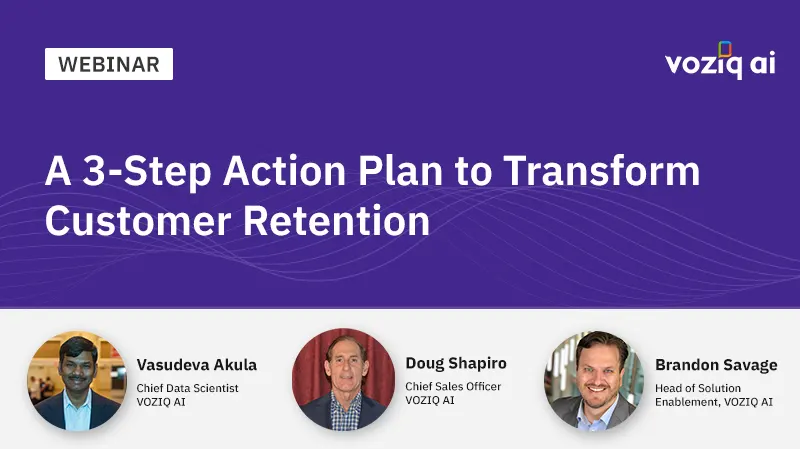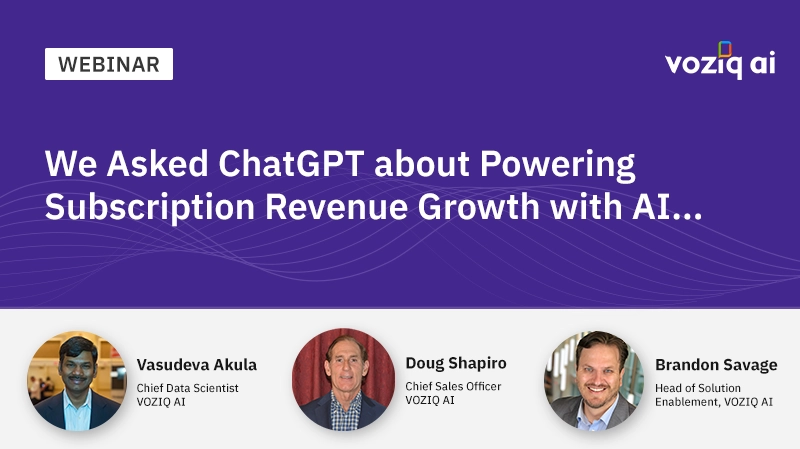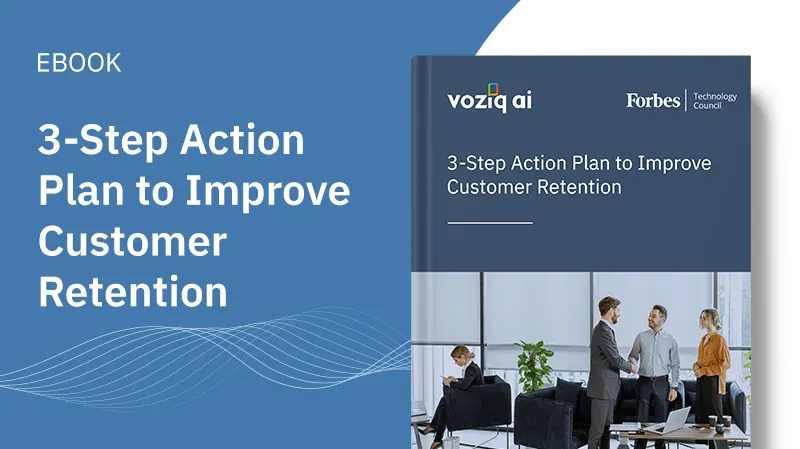A CLV-Improvement Playbook For Recurring Revenue Businesses

A CLV-Improvement Playbook For Recurring Revenue Businesses
Recurring revenue models have become increasingly popular. Whether it’s software as a service (SaaS) companies or subscription-based businesses, the ability to retain customers and maximize customer lifetime value (CLV) is paramount to long-term success.
In this article, I will provide a comprehensive playbook for improving CLV in recurring revenue businesses, highlighting eight key strategies and best practices.
1. Develop a customer-obsessed mindset.
A customer-centric approach is crucial to understand your customers’ needs, expectations and pain points throughout their journey and to tailor their experiences.
Invest in prioritizing proactive customer support, personalized experiences and continuous engagement. Cultivate a customer-obsessed mindset throughout the organization, which entails understanding that every customer interaction is an opportunity to build a lasting relationship and increase customer value.
2. Integrate data from all sources.
Data integration is one of the key factors in optimizing CLV, as it allows you to unlock the full potential of your data. Your customer data, which includes demographic and behavioral data, transactional details, interactions, financial information and IOT data, contains signals that help in creating a holistic profile of your customers’ reality.
However, this data is often scattered across multiple systems. Bringing together disparate data sources helps you know your customers better, develop accurate predictive models, derive actionable insights and make explainable predictions.
3. Use multiple ML models.
Leveraging multiple machine learning (ML) models can help to uncover targeted and actionable CLV growth opportunities. You need to identify CLV opportunities at various stages of the customer lifecycle because each stage presents unique CLV opportunities that require tailored strategies.
By utilizing a combination of predictive models throughout the customer journey, you can gain deeper insights into customer behavior, preferences and revenue potential. This enhances your understanding of CLV and helps you implement targeted strategies to maximize customer value.
4. Segment customers and offer personalization.
Predictive customer profiles of every customer can divide your customer base into distinct micro-segments based on predictive scores, drivers of risk or opportunity, along with demographics, behavior and preferences.
With customer data and advanced analytics, you can identify patterns and trends to understand the unique characteristics and behaviors of each segment. Marketing teams can then run personalized campaigns with targeted messaging, net present value-adjusted offers and recommendations, maximizing the value each customer derives from your products or services.
By treating each customer as an individual and providing relevant, personalized experiences, you can foster stronger relationships, drive customer engagement and, ultimately, enhance customer lifetime value.
5. Optimize pricing..
Large-scale, data-driven pricing optimization can significantly boost CLV. This involves using ML models to analyze historical customer data, including past purchases, subscription lengths and engagement levels, to predict future customer behavior accurately.
These insights provide a better understanding of your customers’ price sensitivity, competitive offerings and willingness to pay. Experiment with different pricing models to identify the optimal price points that maximize revenue while still maintaining customer satisfaction and loyalty. Regularly review and refine your pricing strategy based on customer feedback, market trends and business objectives.
6. Manage churn proactively.
Proactive churn management strategies can help to identify customers at risk of cancellation and allow you to take appropriate actions to mitigate churn. In other words, rather than waiting for dissatisfied customers to call for cancellation, actively look for and address potential churn indicators to retain valuable customers.
Monitor usage patterns, customer behavior and engagement metrics to detect early warning signs. Offer incentives, personalized offers or exclusive benefits to retain at-risk customers and demonstrate your commitment to their success. These strategies not only safeguard revenue streams but also enhance the overall customer experience.
7. Identify upsell and cross-sell opportunities.
Successful upsell/cross-sell opportunities primarily involve suggesting relevant products or services at the right time.
This means using customer data and segmentation to identify potential customers and design targeted campaigns. Then, you can highlight the value of complementary products or services, showcase customer success stories and provide incentives to encourage customers to explore additional offerings.
Remember, the key to successful upselling and cross-selling is to provide genuine value to customers. Focus on understanding customer needs and aligning your recommendations with their goals.
8. Run referral programs.
Word-of-mouth marketing not only attracts new customers but also reinforces the loyalty of your existing ones. Implement referral programs that incentivize customers to refer their friends, colleagues or networks to your business. Provide rewards, discounts or exclusive access to encourage referrals.
Positive word-of-mouth and customer advocacy can significantly contribute to CLV’s growth. But you need to make it easy for customers to refer others. Additionally, you should monitor and track the success of your referral program to refine it and maximize its impact on your bottom line.






